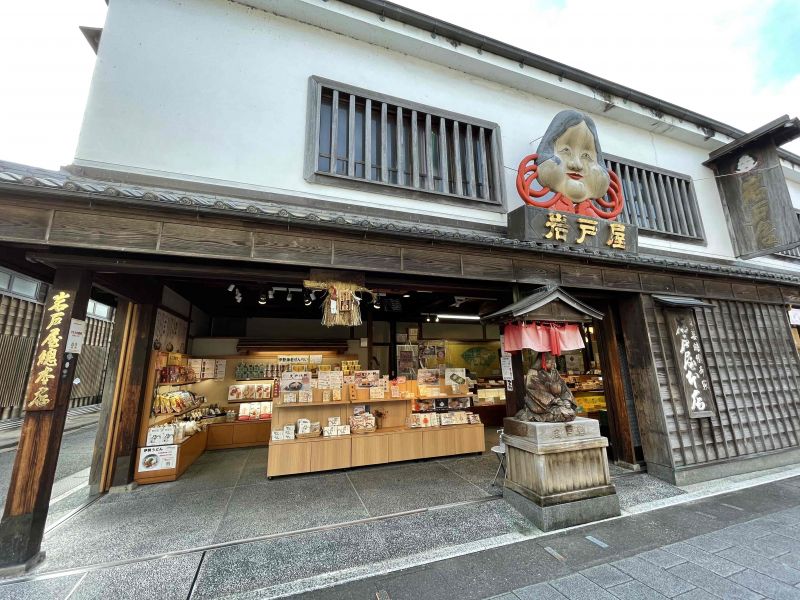Walk the Mochi Kaido road like a traveler of old for a taste of Mie’s confectionery culture Part 2
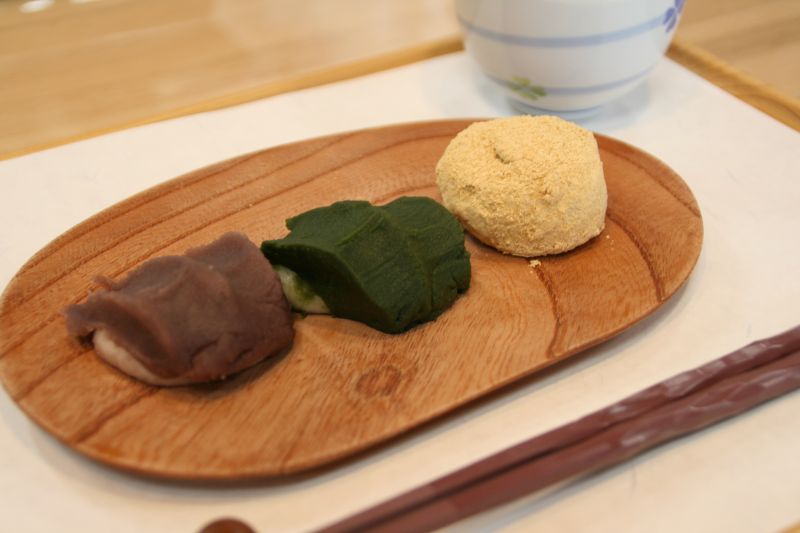
The rice cakes known as “mochi” are one of the most prized delicacies in the food culture of Mie Prefecture, where various kinds of traditional mochi sweets are found. The roots of the rice cake’s popularity in Mie likely originated from being served to hungry pilgrims who had traveled long distances to Ise Jingu.
In Part 1, we introduced mochi from Kuwana and Yokkaichi in northern part of Mie Prefecture. This time, in Part 2, let’s continue our journey one step closer to Ise Jingu with a look at famous mochi sweets from the area around Ise City!
Written by Ren Wong
The mochi culture of Kuwana and Yokkaichi makes for perfect souvenirs. Part 1 is here:
Walk the Mochi Kaido road like a traveler of old for a taste of Mie’s confectionery culture Part 1
Walk the Mochi Kaido road like a traveler of old for a taste of Mie’s confectionery culture Part 1
Henba mochi
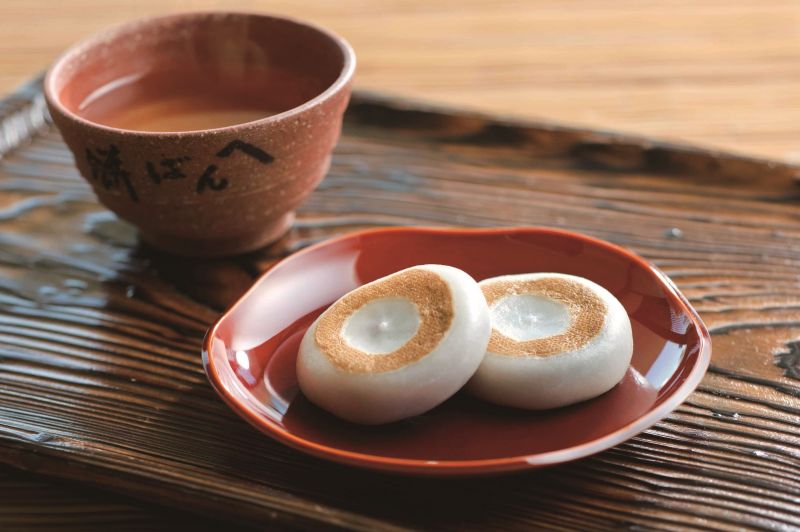
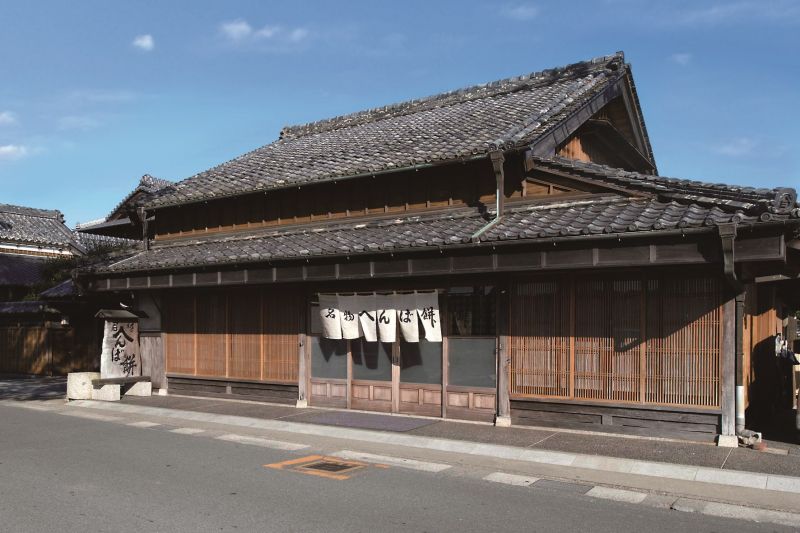
Obata-cho, Ise City , on the banks of the Miyagawa River, was the final post town area on the road to Ise. People returned their horses here and crossed the river by boat. Thus, this area’s special mochi was named Henba, meaning “return the horse” in Japanese. With a browned aromatic crust and a pleasing texture produced by using white rice flour, known as shinko, instead of glutinous rice, it’s tempting to keep eating more and more of these tasty morsels.
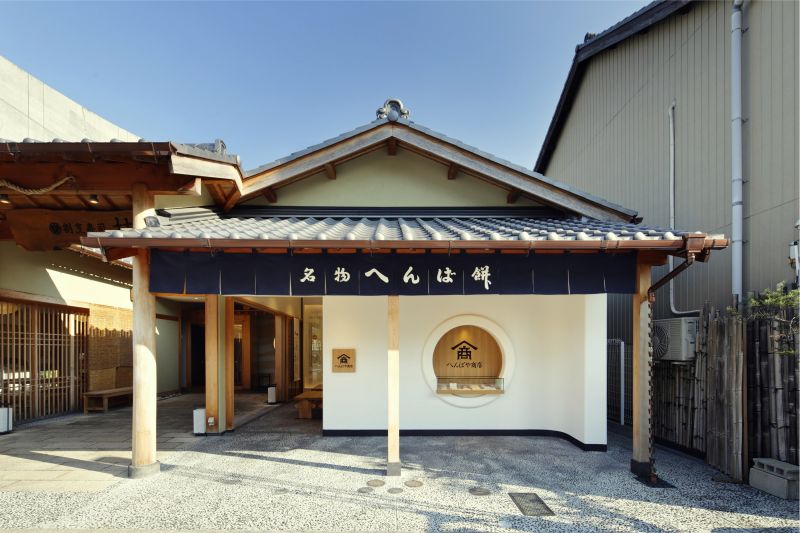
In addition to the Henbaya Main Store near Akeno Station (Kintetsu), Henbaya stores are also found in Oharai-machi, a flourishing town in front of the Naiku of Ise Jingu, and in front of Iseshi Station (JR).
https://henbaya.jp/
https://henbaya.jp/
Ofuku mochi
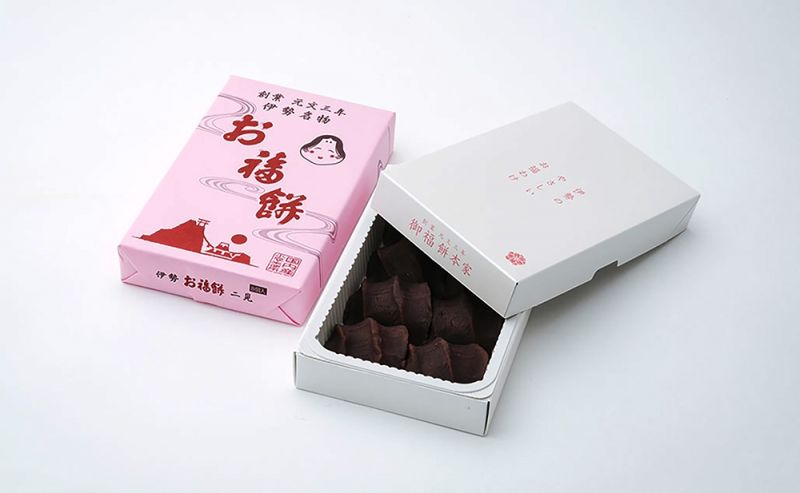
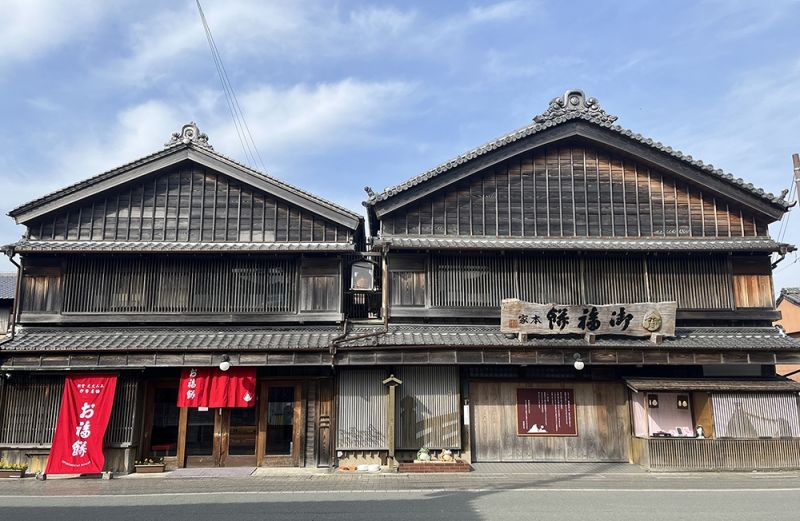
Next up are the famous mochi sweets near Futami Okitama Shrine where people come to purify themselves before visiting Ise Jingu. Futami Okitama Shrine also draws many travelers who come to see the famous Meoto-iwa (Wedded Rocks). One place that stands out on the bustling road to the shrine is Ofuku Mochi Honke, an established Japanese sweets shop founded in 1738. The Ofuku mochi is the shop’s claim to fame here, simple mochi topped with red bean paste shaped like waves crashing on the nearby shores of Futamiura. The soft mochi made by experienced craftspeople is a perfect match for the smooth red bean paste.
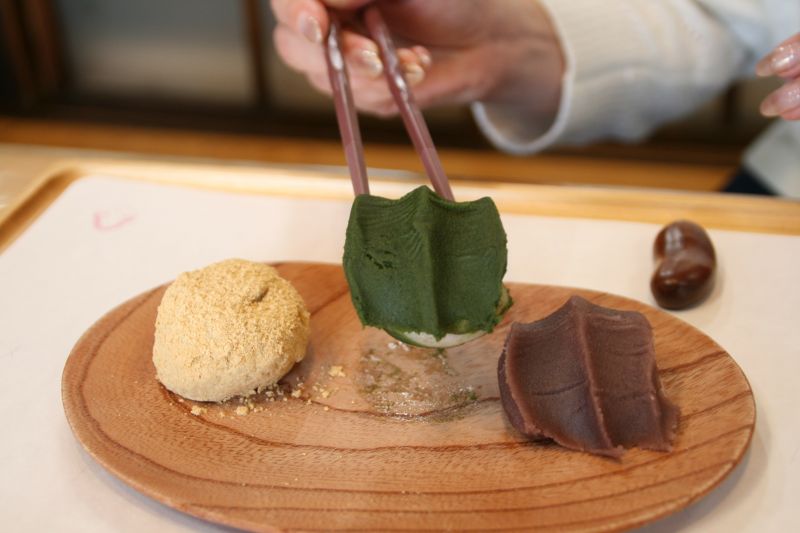
Besides Ofuku mochi, other choices here include “Ofuku mochi Matcha,” which brings out the best flavor of green tea powder, and “Ofuku tsutsumi mochi Kinako,” wrapped in red bean paste then sprinkled with soybean flour.
https://ofukumochi.com/
https://ofukumochi.com/
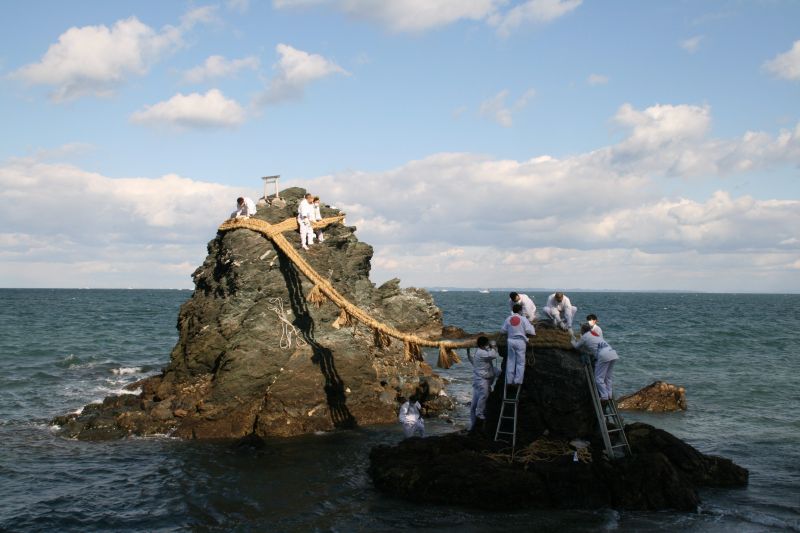
Find out more in this report on a visit to Futami Okitama Shrine and Ofuku Mochi Honke:
Discover the Beauty of Ise’s Legendary Futami
* As of March 2023, the in-store dining area has closed. The business will relocate to a new venue, opening in spring 2024.
Discover the Beauty of Ise’s Legendary Futami
* As of March 2023, the in-store dining area has closed. The business will relocate to a new venue, opening in spring 2024.
Nikenjaya mochi
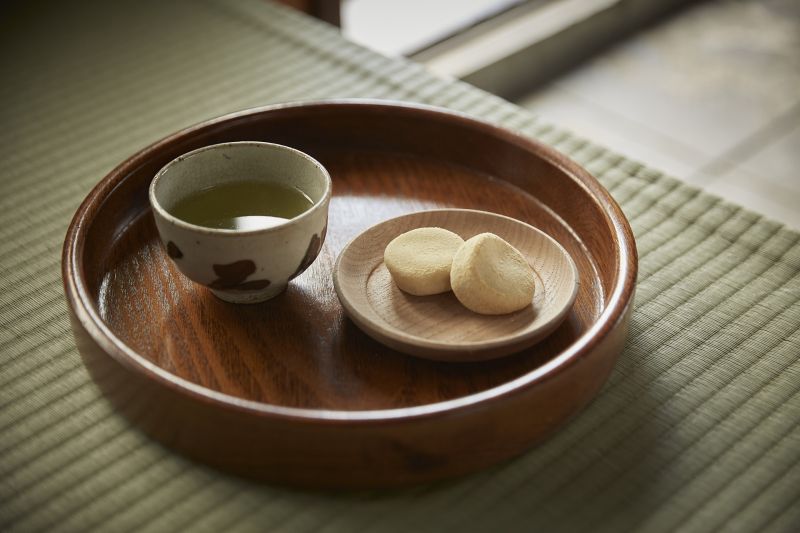
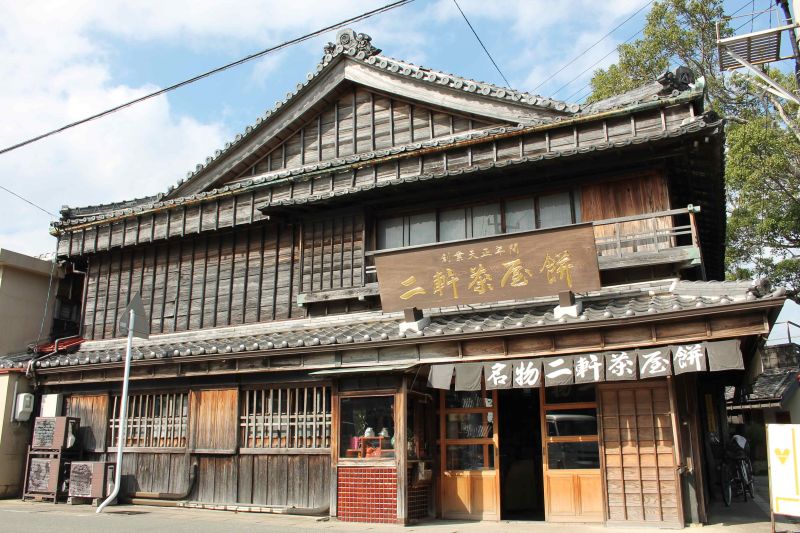
Nikenjaya mochi is an Ise specialty first created about 400 years ago at a landing place for people coming to Ise Jingu by boat (crossing Ise Bay then heading up the Seta River to Ise Jingu). This mochi was served at a tea house founded in 1575, providing what must have been a satisfying meal for travelers before setting out on their pilgrimage to Ise.
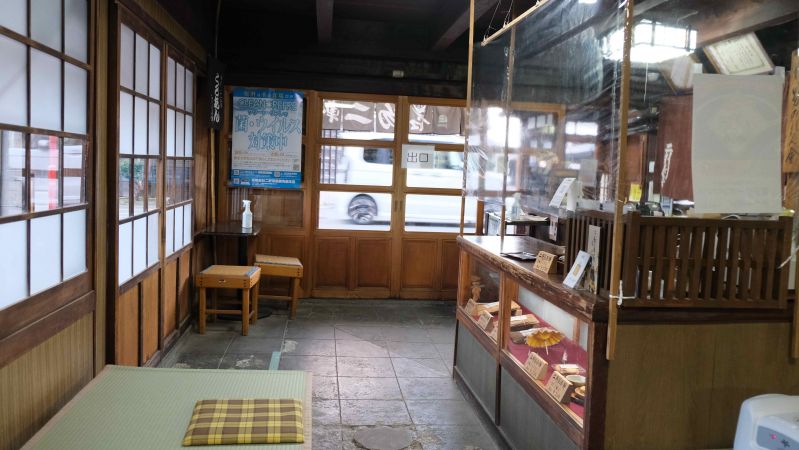
Even now, you can enjoy mochi for travelers in the shop of Niken Chaya Mochi. The soft mochi wrapped in red bean paste then sprinkled with soybean flour goes well with Mie’s specialty Ise tea.
https://nikenjayamochi.jp/
While you’re in the area, check out the nearby museum of old folk tools and the craft beer shop near Niken Chaya Mochi:
Time Travel by Boat and Unique Shopping in Ise
https://nikenjayamochi.jp/
While you’re in the area, check out the nearby museum of old folk tools and the craft beer shop near Niken Chaya Mochi:
Time Travel by Boat and Unique Shopping in Ise
Now let’s take one step closer to Ise Jingu with a look at mochi around Oharai-machi and Okageyokocho, areas bustling with visitors, both very close to the Naiku of Ise Jingu. Be sure to stop by for a break before or after your visit.
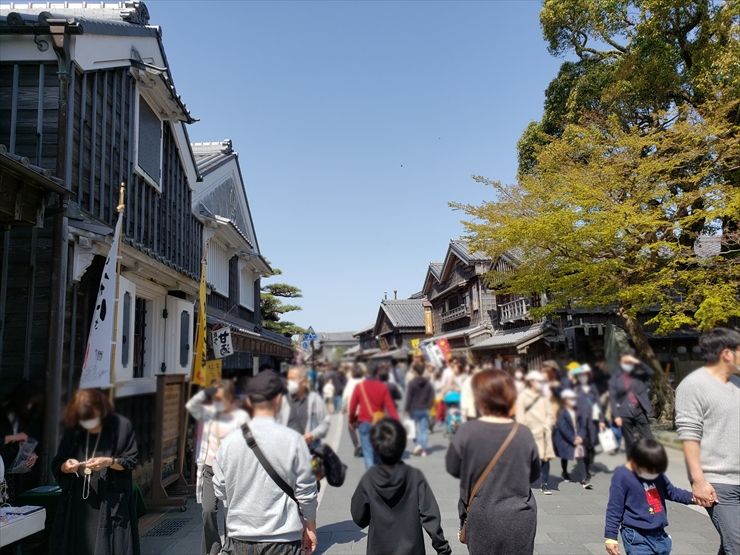
Oharai-machi
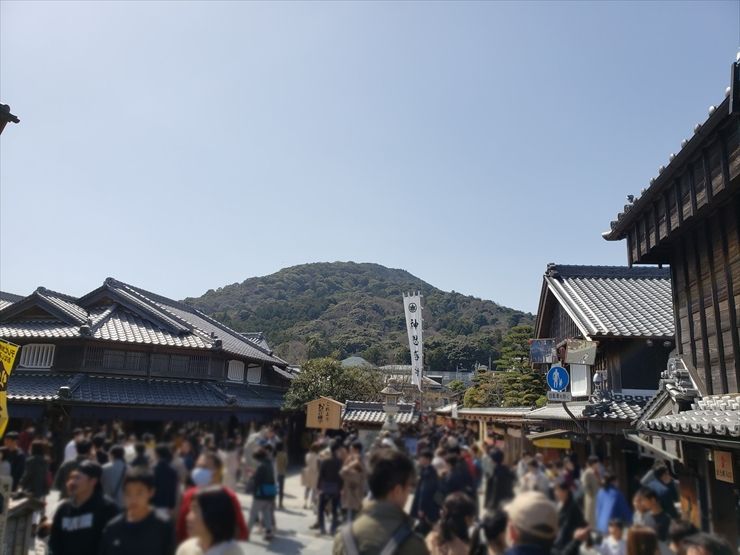
Okage Yokocho
Akafuku mochi
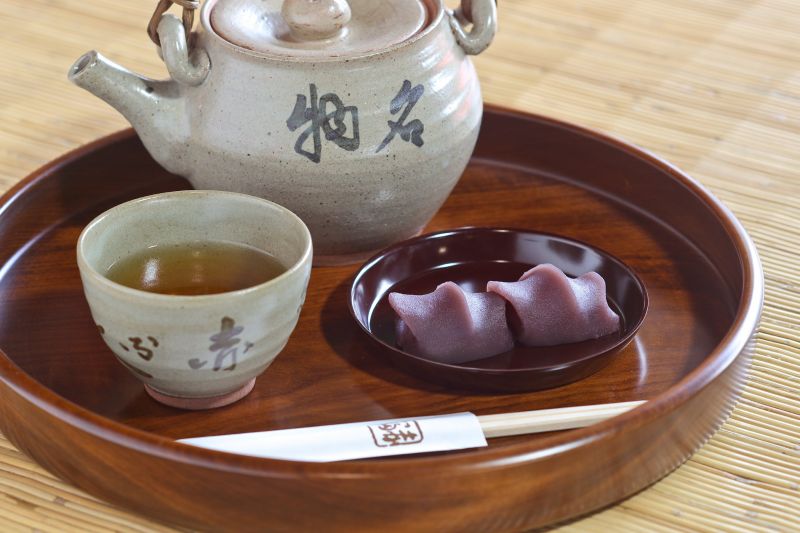
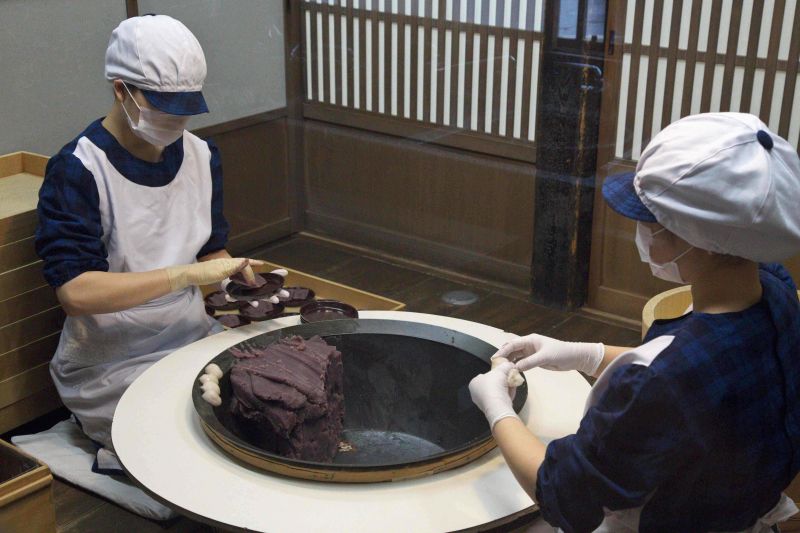
First of all is a celebrated delicacy of Ise, Akafuku mochi, from the shop Akafuku. The soft rice cakes topped with silky smooth bean paste are shaped to resemble the ripples of the Isuzu River, which flows through the sacred grounds of Ise Jingu.
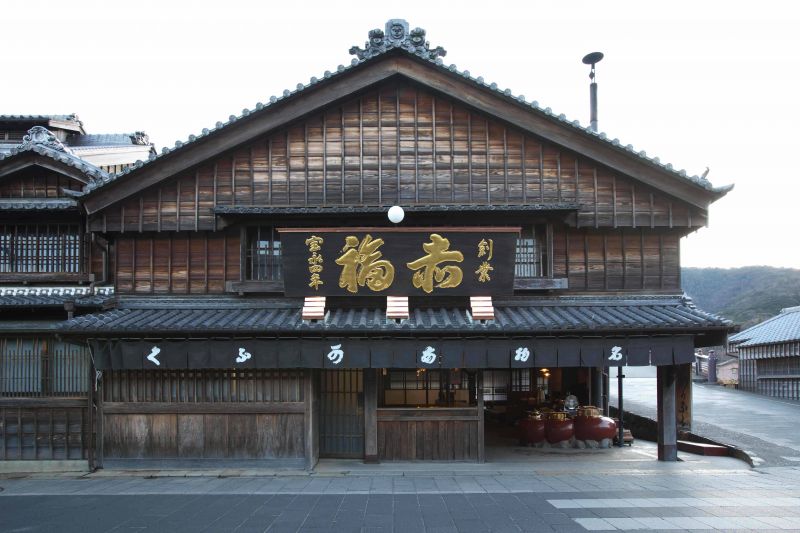
The main store in Okage Yokocho is more than 140 years old, and we can still enjoy freshly made Akafuku mochi and hojicha roasted green tea with a view of Isuzu River.
https://www.akafuku.co.jp/
If the timing is right, taste the special mochi from Akafuku sold only on the first of each month:
Tsuitachi-mochi in Mie: Lucky charms made just once a year
https://www.akafuku.co.jp/
If the timing is right, taste the special mochi from Akafuku sold only on the first of each month:
Tsuitachi-mochi in Mie: Lucky charms made just once a year
Iwato mochi
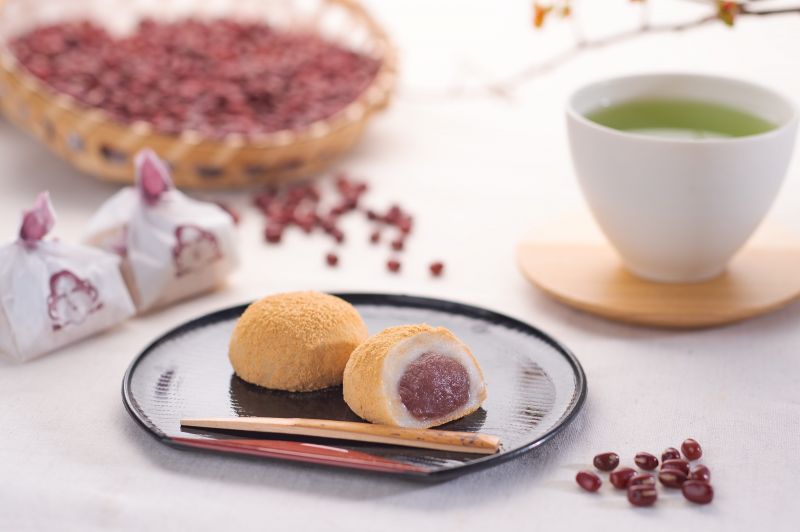
Iwato mochi made by the famous confectioner Iwatoya has been certified as an official Ise brand. This mochi is inspired by a tale in Japanese mythology that relates how the goddess Ame no Uzume, the deity of the performing arts, led out the goddess Amaterasu, the deity enshrined at Ise Jingu, who hid inside the Ama-no-Iwato (Heavenly Rock Cave). Wrapped with sweet red bean paste and surrounded by a thin layer of soybean flour, these soft rice cakes with a light, mild flavor are small and easy to eat.
